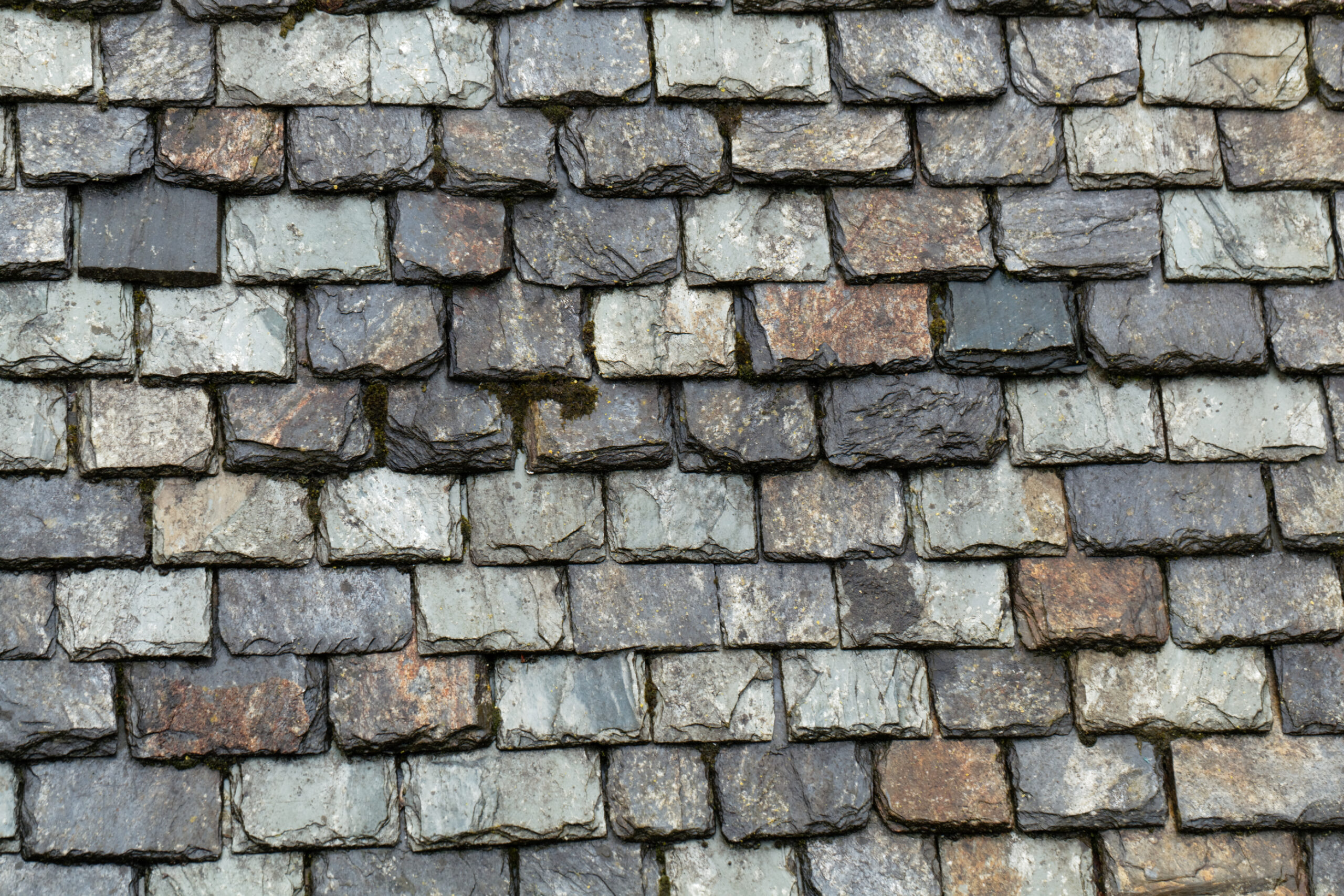Slate color variation is to be expected due to its natural state. Slate is sourced from various quarries taken to facilities to be formed into different sizes, thicknesses, and tested to meet the S1 ASTM engineering specification. Although the color of slate doesn’t fade, the term “fade”, non-fading and unfading are used. The non-fading or unfading term confuse many for implying that there are slates that fade. However, the term non-fading and unfading differentiate slates from the term fading. Slates that are considered fading release a calcium within the slate after they have been exposed for a long period. This creates a chalky like residue that weakens the structural of the slate. The term is mostly used with black slates quarried out of Pennsylvania and Virginia. The non-fading and unfading term are used for slates that do not release calcium that results in the chalky residue and have a greater life expectancy over the slates that release calcium. Slate colors are also classified into three different types, weathering, non-weathering, and semi-weathering. This is determined on the mineral content and is based on the amount of color change to be expected over time. The oxidation that takes place does not shorten the life expectancy of the slate roof, but will change its color to tan, buff, brown or gray. Non-weathering are those slates that will have the least amount of change in color, while “weathering” is used for those slates that will have the most individual pieces change in color to an earth like tone. The semi-weathering are those slates that have a mix of both, some of the slates will remain its original color while others will change color.

